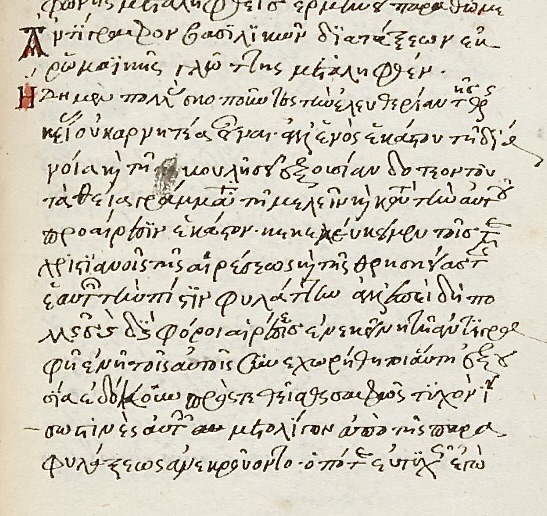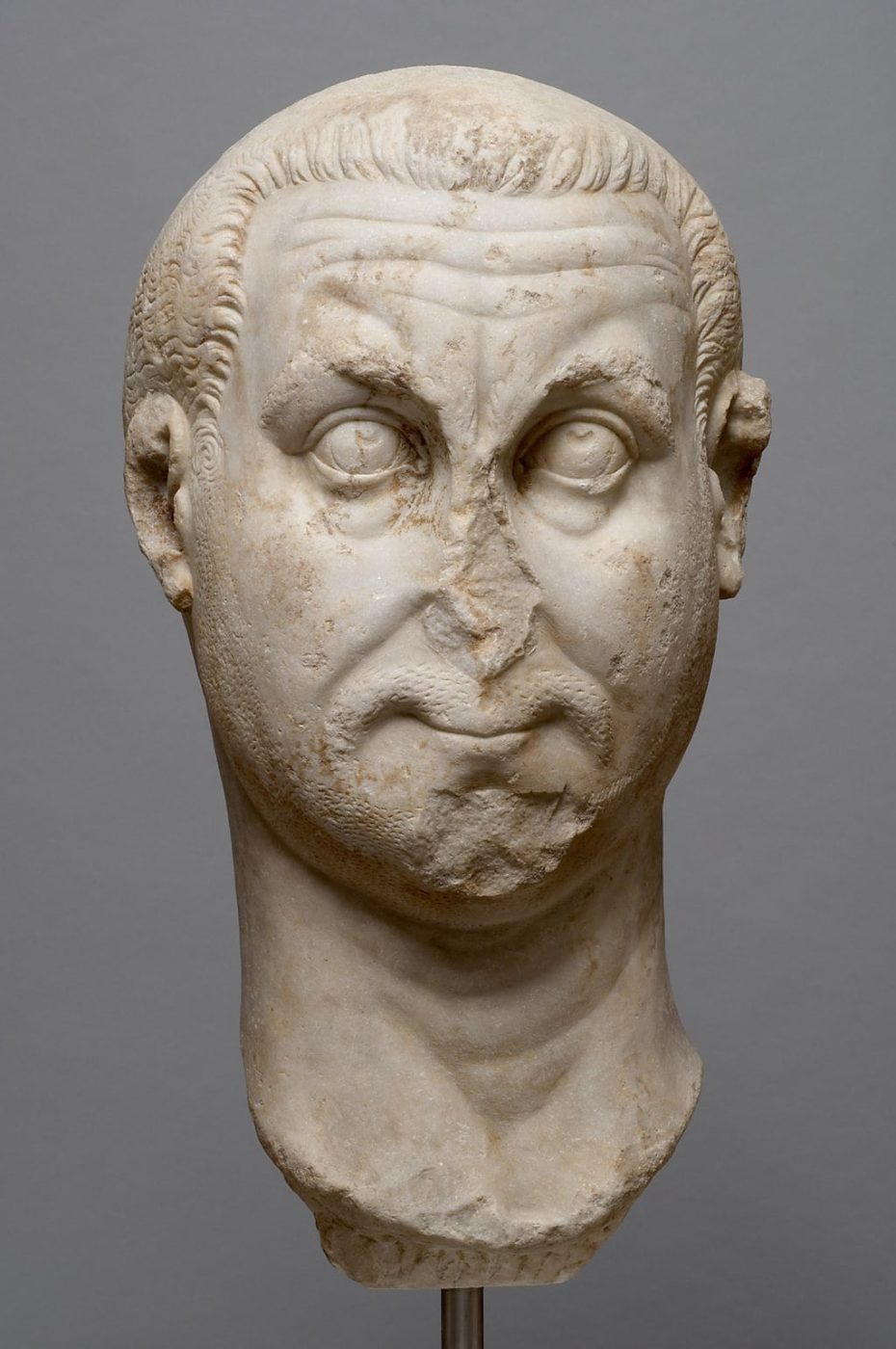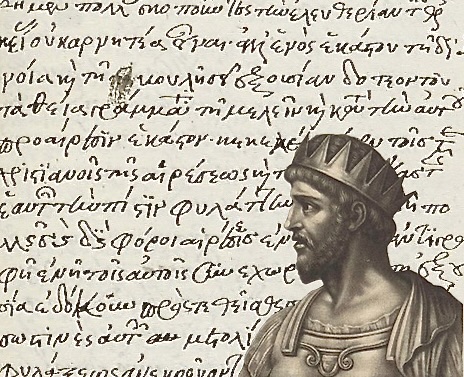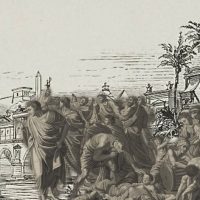Have you ever wondered if the Edict of Milan was a true act of religious tolerance or just a smart political move? Issued in 313 AD, this important decree by Emperor Constantine changed the way Christians were treated in the Roman Empire. In this article, we will explore two main viewpoints: one sees it as a genuine effort to support religious freedom, while the other views it as a clever strategy to strengthen Constantine’s rule. Read on!
Perspective A – Genuine Act of Religious Tolerance
The Edict of Milan is often hailed as a beacon of religious freedom. Before its proclamation, Christians in the Roman Empire faced brutal persecution. They were often subjected to torture, exile, or even death for their beliefs. The edict effectively put an end to these atrocities, granting Christians the freedom to practice their faith without fear of retribution.
Advantages of this perspective include the undeniable positive impact the edict had on the Christian community. It allowed for the construction of churches, the return of confiscated property, and most importantly, the freedom to worship openly. This perspective posits that the edict was a reflection of a changing societal attitude towards Christianity and a genuine desire for religious harmony.
However, challenges to this viewpoint arise when considering the broader context. Some historians argue that the Roman Empire was vast and diverse, and the edict was merely a reflection of the need to maintain peace among its varied religious factions. Moreover, while the edict ended official persecution, it didn’t necessarily translate to immediate widespread acceptance of Christianity.

Perspective B – Political Strategy by Constantine
On the other side of the coin, many believe that the Edict of Milan was less about religious tolerance and more about political strategy. Constantine, co-author of the edict, was a shrewd political operator. By the time of the edict’s issuance, Christianity was gaining traction, and its followers were becoming a significant force within the empire.
The advantages of this perspective lie in the political benefits Constantine reaped post-edict. By aligning himself with the Christians, he garnered the support of a rapidly growing community, consolidating his power. Furthermore, the edict helped unify the empire under a common religious banner, fostering stability.
However, this viewpoint isn’t without its challenges. Some argue that Constantine’s later actions, such as his baptism and promotion of Christian leaders, suggest a genuine personal faith. Was it possible that personal belief and political strategy coexisted?
In Conclusion
The Edict of Milan remains a topic of fervent debate among historians. Was it a genuine act of religious tolerance, a reflection of the changing times, or a calculated political move by an astute emperor? Perhaps it was a blend of both. What’s undeniable is its significance. It marked a turning point, not just for Christianity but for the very concept of religious freedom in the Western world. As readers navigate the corridors of history, understanding the multifaceted nature of such pivotal moments is crucial. The Edict of Milan serves as a testament to the intricate dance between faith and politics, a dance that continues to shape our world today.
Which perspective on the Edict of Milan do you agree with?
Let us know in the comments!
The Tale of Constantine’s Vision
In the annals of ancient history, the Edict of Milan stands out as a beacon of religious tolerance. But behind this monumental decree lies a tale of visions, battles, and the rise of an emperor who would change the course of Christianity forever.
Vision
It was 312 AD, and the Roman Empire was in turmoil. The empire was divided among multiple rulers, and Constantine, one of these rulers, was preparing to battle Maxentius for control of the West. As the legend goes, on the eve of the Battle of the Milvian Bridge, Constantine experienced a profound vision. He saw a cross of light in the sky with the inscription “In this sign, you will conquer.” Taking this as a divine sign, Constantine had his soldiers paint the Christian symbol on their shields.
The next day, against all odds, Constantine’s army emerged victorious. This victory not only solidified his position as the ruler of the Western Roman Empire but also marked the beginning of his conversion to Christianity.
Edict’s Proclamation
Fast forward to 313 AD, Constantine, now ruling in the West, and Licinius, his counterpart in the East, met in Milan. Together, they issued the Edict of Milan. This decree granted religious tolerance throughout the empire, allowing Christians to practice their faith openly without fear of persecution. It was a groundbreaking move, signaling the end of centuries of Christian persecution and paving the way for Christianity to become the dominant religion of the empire.
The Unexpected Alliance of Constantine and Licinius
In the tapestry of history, where battles and politics often overshadow tales of unity, the Edict of Milan emerges as a rare story of collaboration. At its heart are two emperors, Constantine and Licinius, whose unexpected alliance brought about a watershed moment for religious freedom.
Fractured Empire
The early 4th century AD was a tumultuous time for the Roman Empire. Divided and ruled by multiple emperors, the empire was rife with power struggles. Constantine controlled the West, while Licinius held power in the East. Though rivals on the political front, a shared concern began to emerge: the need for stability and unity in their territories.
Meeting in Milan
In 313 AD, the two emperors met in Milan, a city that would soon become synonymous with religious tolerance. While their discussions covered various administrative and political issues, the plight of Christians, who had long been persecuted, took center stage. Recognizing the growing influence of Christianity and the potential for it to be a unifying force, the two rulers made a historic decision.

Proclamation of Tolerance
Together, Constantine and Licinius issued the Edict of Milan. This wasn’t just a decree; it was a declaration of religious freedom. Christians were no longer to be persecuted, their confiscated properties were to be returned, and all religions were to be respected. The edict marked a turning point, not just for Christians but for the very idea of religious freedom in the ancient world.
More of → “Perspectives” ←
FAQ
1. How did the public react to the Edict of Milan?
The public’s reaction to the Edict of Milan was mixed. While Christians, who had faced years of persecution, welcomed the decree with relief and gratitude, there were segments of the Roman population who viewed Christianity with suspicion. These individuals, often adherents to traditional Roman religions, might have seen the edict as a threat to their beliefs and the established order. However, over time, as Christianity continued to grow and gain imperial favor, the broader public began to accept and even embrace the changes brought about by the edict.
2. Were there any notable opponents to the Edict of Milan?
Yes, there were opponents to the Edict of Milan, especially among the traditional Roman elite and pagan priesthoods. These groups saw the rise of Christianity as a challenge to their power and influence. Some pagan temples faced decline in patronage, and there was a sense of loss of the old Roman values and traditions. However, the edict’s emphasis on religious freedom meant that open opposition was limited, and over time, the resistance waned as Christianity became more integrated into Roman society.
3. How did the Edict of Milan influence subsequent rulers of the Roman Empire?
The Edict of Milan set a precedent for religious tolerance that influenced subsequent Roman rulers. Many emperors after Constantine, such as Theodosius, further endorsed Christianity, eventually making it the state religion of the Roman Empire. The edict’s principles of religious freedom, however, were not always upheld, and there were periods where non-Christian religions faced restrictions or persecution.
4. How did the Edict of Milan impact the architectural landscape of the Roman Empire?
Following the Edict of Milan, there was a significant increase in the construction of Christian churches and basilicas throughout the Roman Empire. Previously hidden or modest places of Christian worship were replaced with grand structures, often funded by the state or wealthy patrons. The architectural style of these buildings often incorporated Roman elements, leading to a fusion of traditional Roman and Christian designs.
5. Were there any regions or provinces in the Roman Empire where the Edict of Milan was not effectively implemented?
While the Edict of Milan was a decree meant for the entire Roman Empire, its implementation varied across regions. In areas where Christianity was already strong, the edict was welcomed and swiftly put into effect. However, in regions where pagan beliefs were deeply entrenched, or where local leaders resisted the change, the edict’s provisions took longer to implement, and in some cases, were only superficially adopted.
Which perspective on the Edict of Milan do you agree with 💬 ?
This was a delight to read. You show an impressive grasp on this subject! I specialize about Appliances and you…
i think he was just a crazy guy, a victim of his childhood and enviroment
super interesting 🤔
Loved this article, learned a lot!




Leave a Reply